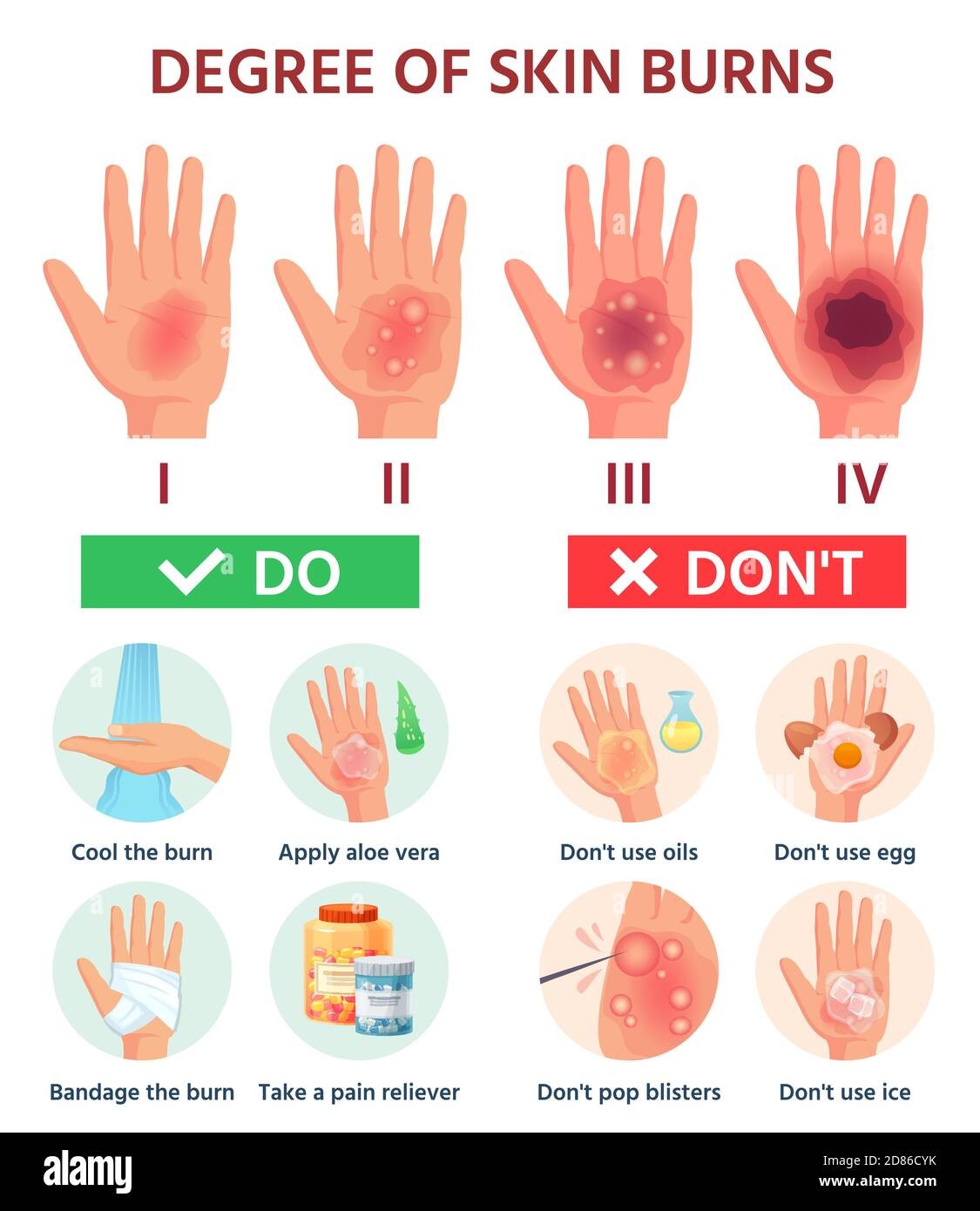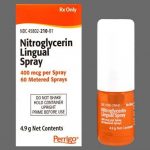
Contents
Should You Cover a Burn or Let It Breathe?
First aid for burns is the same for all types and includes applying a cool compress to the burn area.
The treatment of burns can vary depending on the type and severity of the injury. While most minor burns can be treated at home for 20 minutes with cool running water, more serious burns may necessitate medical attention and medication.
A minor burn should be treated by washing it gently with soap and cool water and applying a cool compress, such as wet sterile gauze or a washcloth. Then, apply a clean, dry bandage. Take acetaminophen or ibuprofen to manage pain.
The primary goal when dealing with a burn is to:
- Control pain
- Remove dead tissue
- Prevent infection
- Reduce scarring
If a burn or scald occurs and needs to be treated, first aid for burns is the same for all types.
- Remove any jewelry from the injured area
- Remove any clothing and diapers from the burned area unless they are stuck to the skin
- Cool the burn for no more than 20 minutes under cool running water
- Using ice or creams can cause further damage to the skin
- Cover the burn with cling wrap or a clean, damp, lint-free cloth
- Wrap a sterile gauze bandage loosely, avoiding putting pressure on the damaged skin.
- Keep the area covered to alleviate pain and the likelihood of blisters tearing
- If a blister bursts, clean the area with warm water and mild soap and apply a thin layer of antibiotic ointment or petroleum jelly
- Take over-the-counter pain relievers according to the label instructions
Seek immediate medical advice if the burn is:
- Larger than a 20-cent coin
- On the face, hands, groin, or feet
- Deep or infected
- Caused by chemicals or electricity
- A first-degree burn that covers a large area or the victim is an infant or elderly
Second-degree and third-degree burns
- Apply a cold compress to the affected area (for second-degree burns)
- Dry the area gently and cover it with sterile gauze
- Avoid applying ointments or creams to blisters and keep them intact
- Elevate the burned limbs
- Lay the victim down, elevate the feet 12 inches and cover with a coat or blanket to prevent the patient from going into shock
- Do not place a pillow under the head if the victim has had an airway burn, as it can close off their airway
Ice should not be used to cool a burn because it may aggravate the injury. Never use lotions, creams, or food items on the skin. Use cool running water.
Plastic film wrap is an appropriate dressing for patients who are being transported to the hospital within six hours of their injury. Plastic film wrap helps keep burn wounds moist and protects exposed nerve endings, which can help with multimodal pain management.
3 types of burns
The type of burn depends on the extent of the injury to the body.
- Superficial burns (first-degree burns): These burns only affect the first or top layer of the skin.
- Minor burns commonly cause:
- A burn that is no larger than three inches in diameter
- Redness resembling a sunburn
- Discomfort or pain
- Bruises on the skin
- First-degree burns are the least severe and can be treated at home
- They do not cause blisters or leave a scar; they will be tender and painful
- Partial-thickness burns (second-degree burns): The first and second skin layers are damaged.
- The burn area will be:
- Red
- Peeling
- Blistering
- Swelling accompanied by clear or yellow-colored fluid oozing from the skin
- Second-degree burns will have moist blisters that may ooze; they will be painful, may cause scarring, and will often take weeks to heal
- Full-thickness burns (third-degree burns): This damages the first and second skin layers, as well as the underlying tissue.
- In general, the burn site appears:
- Black or charred with exposed white fatty tissue
- With a full-thickness burn, the nerves and nerve ending may be destroyed
- The most severe burns are third-degree burns
- Scarring is likely, and skin grafting may be required
- Because the nerve endings are burned, there may be no pain at first, and the pain will not begin until the nerves and tissues are regenerated during the healing process
- Third-degree burns, as well as burns to the face, joints, or genitalia, necessitate immediate professional attention in the emergency room
- Any third-degree burn or large burn that one suspects to be a third-degree burn should be treated by a professional immediately
- Wrap the burn in a clean sheet and call 911 or go straight to the emergency room
- If the damage is severe, plastic surgery will be considered
4 causes of burns
Any contact with a source of heat can result in a burn injury. A burn is one of the most common injuries in the home. Most accidental burns, particularly minor burns, can be treated without requiring serious medical attention.
Burns can occur as a result of a variety of incidents, including:
- Thermal burns: The most common type of thermal burns in children is hot water scalds. Fire is the most common cause of thermal burns in adults.
- A thermal burn is a type of burn caused by coming into contact with hot objects or liquids, such as:
- Boiling water
- Steam
- Hot cooking oil
- Fire and hot objects
- Electrical burns: The amount, type, and strength of the electrical current determine the type of burn or damage. An electric burn may appear minor or not appear at all on the skin, but it may have resulted in more extensive internal injury.
- An electrical burn occurs when electricity passes through the body and may be caused by:
- Household current
- Power lines
- Lightning
- Chemical burns:
- A chemical burn occurs when a corrosive or caustic chemical substance, such as a strong acid or base, causes a burn to internal or external organs of the body.
- Chemical burns usually occur as a result of an accident and can occur at home, school, or, more commonly, at work, particularly in manufacturing plants that use large amounts of chemicals.
- Sunburn:
- Sunburn is a skin burn caused by excessive exposure to ultraviolet (UV) radiation from the sun.
- Other UV sources, such as sunbeds or tanning booths, can cause burns.
What are the signs of an infected burn?
Infections can occur with any size burn, minor or severe. If a burn appears to be infected, go to the emergency room right away.
Signs of infection include:
- Increased pain
- Redness
- Drainage
- Swelling
- Odor at the burn site
Hence, it is critical to keep the burn clean and dry, as well as covered with a clean bandage or sterile dressings and antibiotic ointment.
All burns are a tetanus risk. If a person has not had a tetanus shot in the last 5 to 10 years, they will need a booster.
All burns are a tetanus risk. If a person has not had a tetanus shot in the last 5 to 10 years, they will need a booster.


